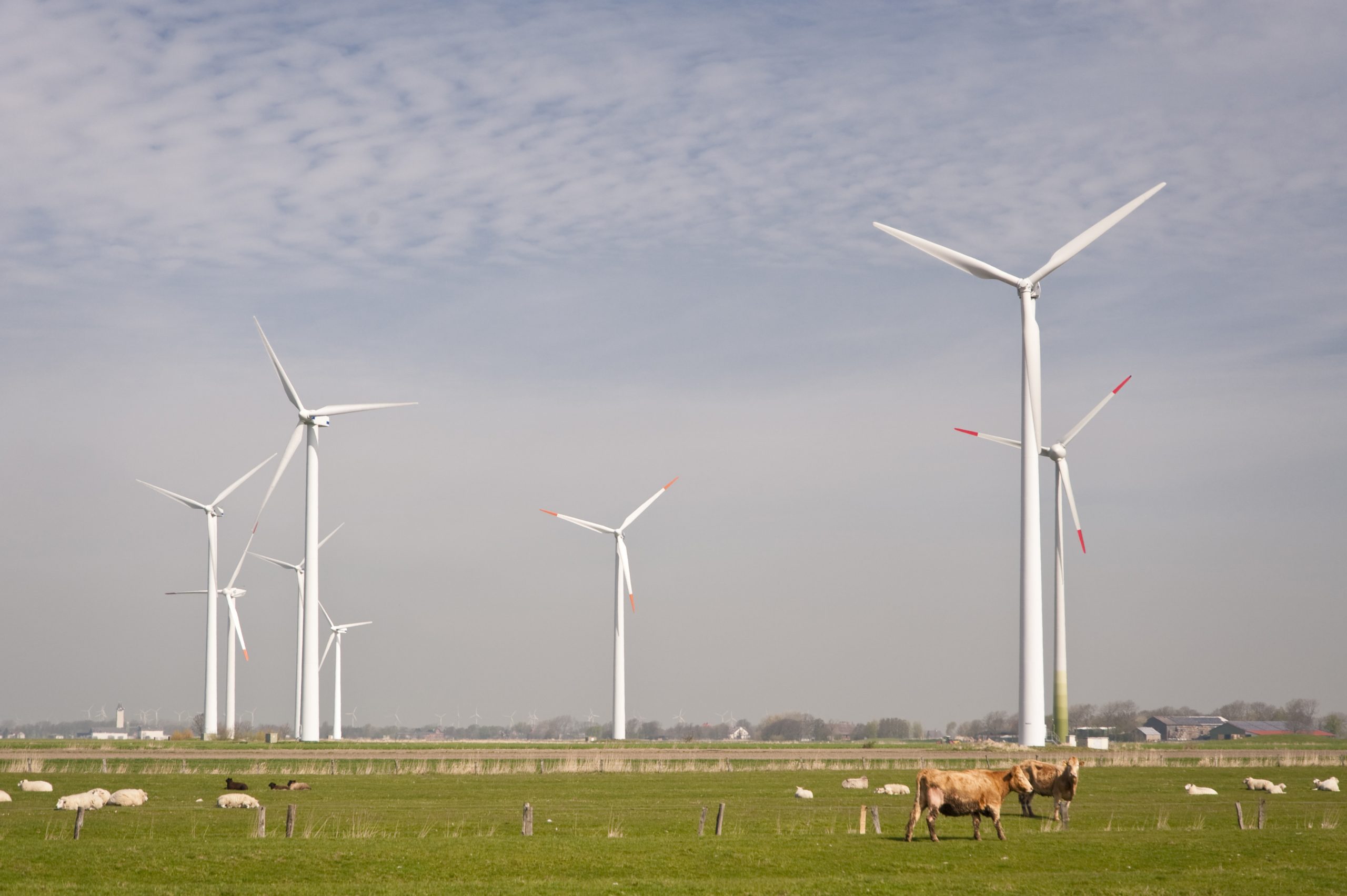Solar power is one of the most popular forms of renewable energy. It involves harnessing the sun’s energy through solar panels or photovoltaic cells that convert light into electricity. Solar power has become increasingly popular in recent years due to its numerous benefits for both homeowners and the environment. In this article, we will explore everything you need to know about renewable energy sources with a focus on wind, water, and sunlight.

Introduction to Renewable Energy: What You Need to Know
Renewable energy refers to any form of energy that comes from natural resources such as wind, water, and sunlight. Unlike fossil fuels which are finite and contribute significantly to climate change, renewable energy sources are sustainable and do not harm the environment. Some other types of renewable energy include geothermal energy, hydroelectric power, and biomass energy. The use of renewable energy has been steadily growing over the past decade, driven by concerns about climate change and the desire to reduce dependence on non-renewable energy sources.
The Benefits of Solar Power for the Environment
One of the main advantages of using solar power is its environmental friendliness. Solar power generates no greenhouse gas emissions, making it an excellent alternative to traditional fossil fuel-based electricity generation. Additionally, solar power does not produce air pollution or require large amounts of water like some conventional power plants. By switching to solar power, individuals can help reduce their carbon footprint and support efforts towards combating climate change.
Is Solar Power Really Expensive?
While there may have been some initial high costs associated with installing solar panels, advancements in technology have made them more affordable than ever before. With government tax credits and rebates available in many areas, the cost of installation can be greatly reduced. Furthermore, once installed, solar panels require little maintenance and can last up to 25 years, providing long-term savings on utility bills.
How Can I Install My Own Solar Panels?
Installing your own solar panels may seem daunting at first, but it is possible with proper planning and research. First, determine if your location receives enough sunlight throughout the year to make solar power feasible. Then, assess the amount of electricity you consume and calculate how much solar capacity you would need to meet those needs. Once you have determined these factors, research different types of solar panels and select ones that fit your budget and specifications. Finally, hire a professional installer who can guide you through the process and ensure that all safety measures are taken.
Conclusion: Why Choose Renewable Energy Sources
In conclusion, choosing renewable energy sources such as solar power is essential for reducing our impact on the environment while also saving money on utilities in the long run. While there may still be challenges facing widespread adoption of renewable energy, continued investment and innovation in this sector will undoubtedly lead to greater progress towards a cleaner and greener future.
Leave a Reply